Articles
Debate

Opinion
> 3 years ago
“Schools are failing our children. The solution lies in art education.”
As art-making is ebbed out of schools across the country, we overlook the skills it delivers – strengths that should be the envy of “proper” academic education, says Michael Craig-Martin.

Opinion
4 years ago
Debate: can you teach art?
Eliza Bonham Carter, Curator and Head of the RA Schools, and RA Schools student Ewan Macfarlane share their thoughts. Cast your vote below.
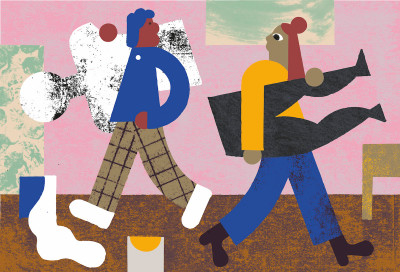
Opinion
< 6 years ago
Debate: should artists unionise?
Is an artists’ union necessary? Bob and Roberta Smith RA and David Mach RA share their thoughts. Cast your vote below.
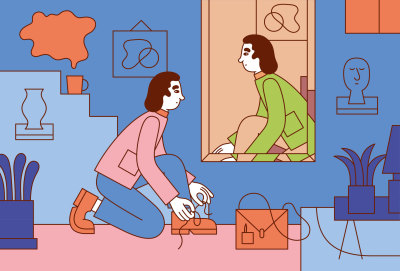
Opinion
6 years ago
Debate: is colour purely subjective?
Can we consider colours as purely subjective forces? Kassia St Clair and Emyr Williams go head to head. Vote on the winner below.
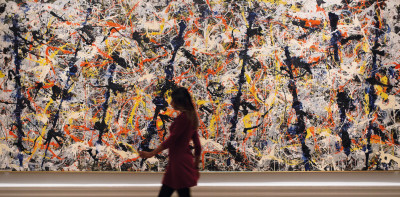
RA Exhibitions
6 years ago
Abstract Expressionism: podcast round-up
From a curator’s introduction to reflections on 1950s New York, catch up on discussions surrounding our Abstract Expressionism exhibition.
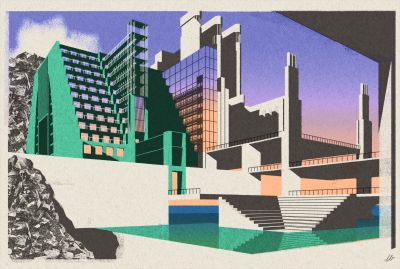
Opinion
> 6 years ago
Debate: are utopian ideas good for architecture?
Can utopian ideals help architects to build better futures? Or are these efforts doomed to be too rigid, over-simplified and suppressive? Ian Ritchie RA and Hugh Pearman go head to head. Vote on the winner below.

Opinion
> 6 years ago
“History of Art has never been more relevant than in 2016”
With art gallery attendance at record levels and global events putting pressure on cross-cultural understanding, History of Art is a more vital subject than ever. The decision to axe its A Level may be a sad sign of things to come, says guest columnist Professor Michael White.
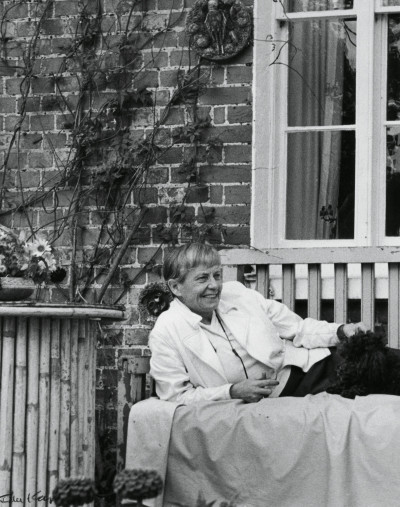
RA Recommends
> 6 years ago
Three female gallerists who changed the course of British art
Despite the image of art dealing as a man’s world, women played a crucial role in the display, promotion and sale of 20th-century British art. Gill Hedley profiles three female gallerists who promoted British artists.

Opinion
> 6 years ago
Debate: Is originality in art overrated?
Should artists bow to tradition, or should they break all the rules? Martin Gayford and Richard Cork go head to head. Vote on the winner below.
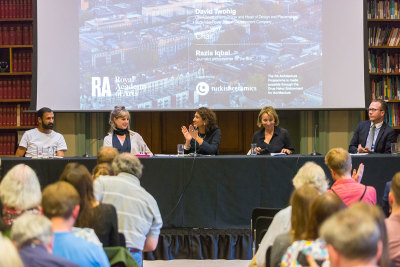
Opinion
> 6 years ago
Brexit, London housing and building diverse communities
In the headline debate for the London Festival of Architecture, our panellists and audience discuss how architecture can be used to bring people together at a time when Britain’s relationship to Europe and the rest of the world is the subject of intense discussion.
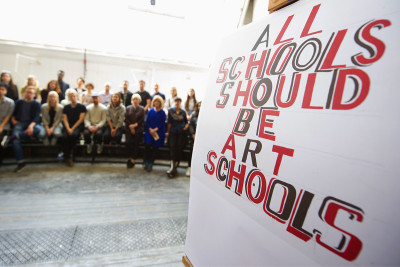
Opinion
> 6 years ago
Why EBacc must not exclude the arts
The English Baccalaureate currently excludes arts subjects from compulsory study. As plans go ahead for a parliamentary debate on 4 July, our artists and architects ask for your support in keeping creative subjects at the heart of education.
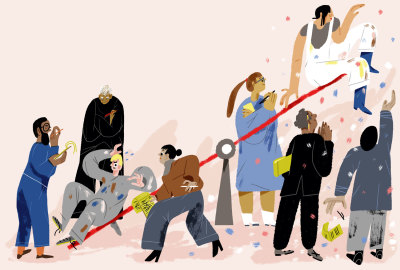
Opinion
< 7 years ago
Debate: Should critics ever savage the work of artists?
Without the contrast to harsh judgements, does praise have any meaning? Or is the role of the critic to simply inform and encourage readers to go and see for themselves? Jonathan Jones and Simon Wilson go head to head. Vote on the winner below.
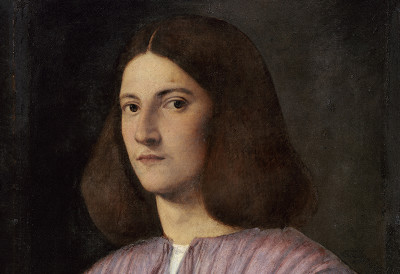
RA Exhibitions
< 7 years ago
In the Age of Giorgione: podcast round-up
From a discussion on the issues of attribution to a debate on portrayals of age and beauty, catch up on all our discussions surrounding the exhibition, In the Age of Giorgione.

Opinion
7 years ago
Debate: should we care about attribution?
If we can’t tell by looking at a work, does it matter who painted it? Or does knowing the authorship increase our understanding? An artist and an art historian go head to head. Pick your side and vote below.
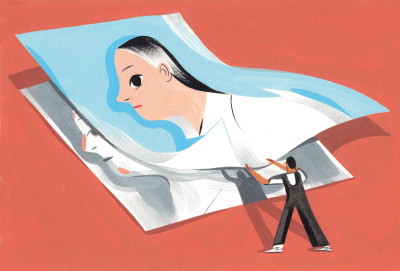
Opinion
> 7 years ago
Debate: Should artists have final say on conservation?
Is how an artist’s work is conserved part of their remit as its creator, or is it a decision for those caring for and interpreting the work for the public? An artist and an art historian go head to head.

Opinion
> 7 years ago
Architecture and Freedom: a changing connection
With architectural production becoming ever more beholden to the needs of capital and the building industry, the role of the architect is changing, says our curator. Owen Hopkins introduces the critical issues informing our new season of events.

Opinion
> 7 years ago
Is it essential to see a painting in the flesh?
Does our perception of a painting rely on the electricity of human encounter? This week’s writers battle it out. Read both sides then vote below…
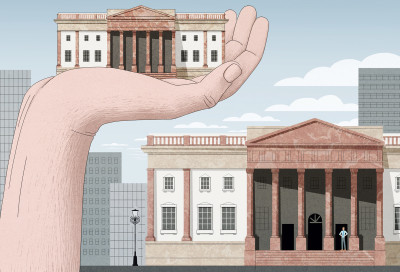
Opinion
< 8 years ago
Are we building too many museums?
Would building more museums help to improve society or be a wasteful luxury? Theatre-maker Stella Duffy and curator Kieran Long go head to head. Read both sides then vote in the poll below.
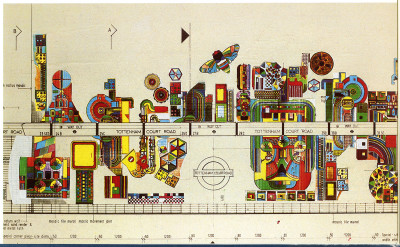
Opinion
< 8 years ago
Paolozzi’s threatened Tottenham Court Road mosaics
As parts of Eduardo Paolozzi RA’s mosaics are removed from Tottenham Court Road tube station ahead of Crossrail, Richard Cork hopes that Transport for London will honour its promises.
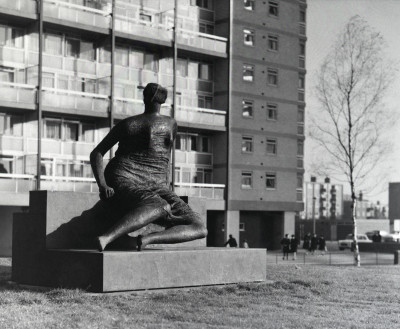
Opinion
< 8 years ago
The precarious future of public art
As the local government funding gap grows, councils will cash in on their art collections, warns Louisa Buck
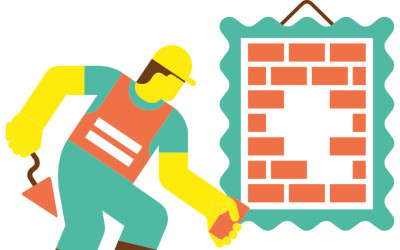
Opinion
< 8 years ago
Three ways art could change Britain
Visual art can shape approaches across public policy. Here are three unlikely areas where art and artists can make a difference.
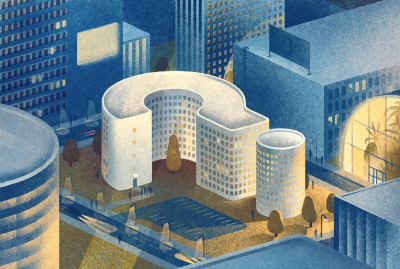
Opinion
> 8 years ago
Is beauty an essential consideration in architecture?
Ron Arad RA and Sam Jacob discuss whether considerations of beauty are valuable in architecture, or whether they detract from more important issues.

Inside the Academy
> 8 years ago
Meaning in material: the story behind our new event series
How the attention given to material choices and use in our ‘Sensing Spaces’ exhibition inspired a debate about the essential building blocks of architecture.
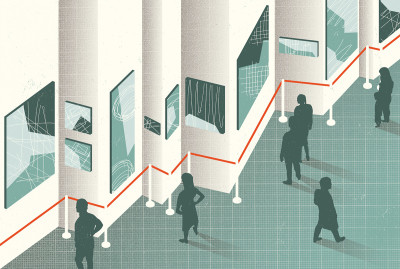
Opinion
> 8 years ago
Are high prices good for art?
Georgina Adam says that the money has allowed artists and art lovers new opportunities, while J.J. Charlesworth argues that high prices have turned artworks into investments.
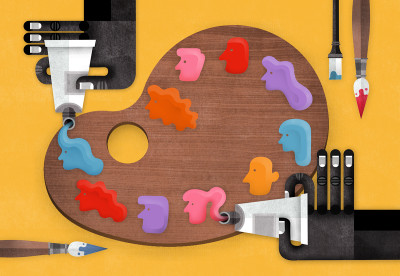
Opinion
< 9 years ago
Should there be positive discrimination towards female artists?
Eileen Cooper RA and Helena Morrissey discuss whether art institutions need to prioritise women to achieve gender equality or whether positive discrimination is counter-productive.